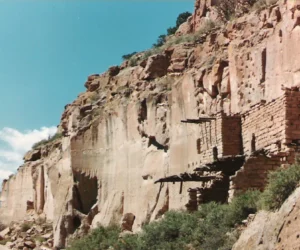Discovering an Architectural Marvel Located in Santa Clara Canyon, Puye Cliff Dwellings are a testament to Pueblo architectural brilliance. Situated on the Santa Clara Pueblo Reservation near Española, New Mexico, this site is one of the largest prehistoric settlements on the Pajarito Plateau. The ruins, dating from the late 1200s to around 1600, display a…
Puebloans
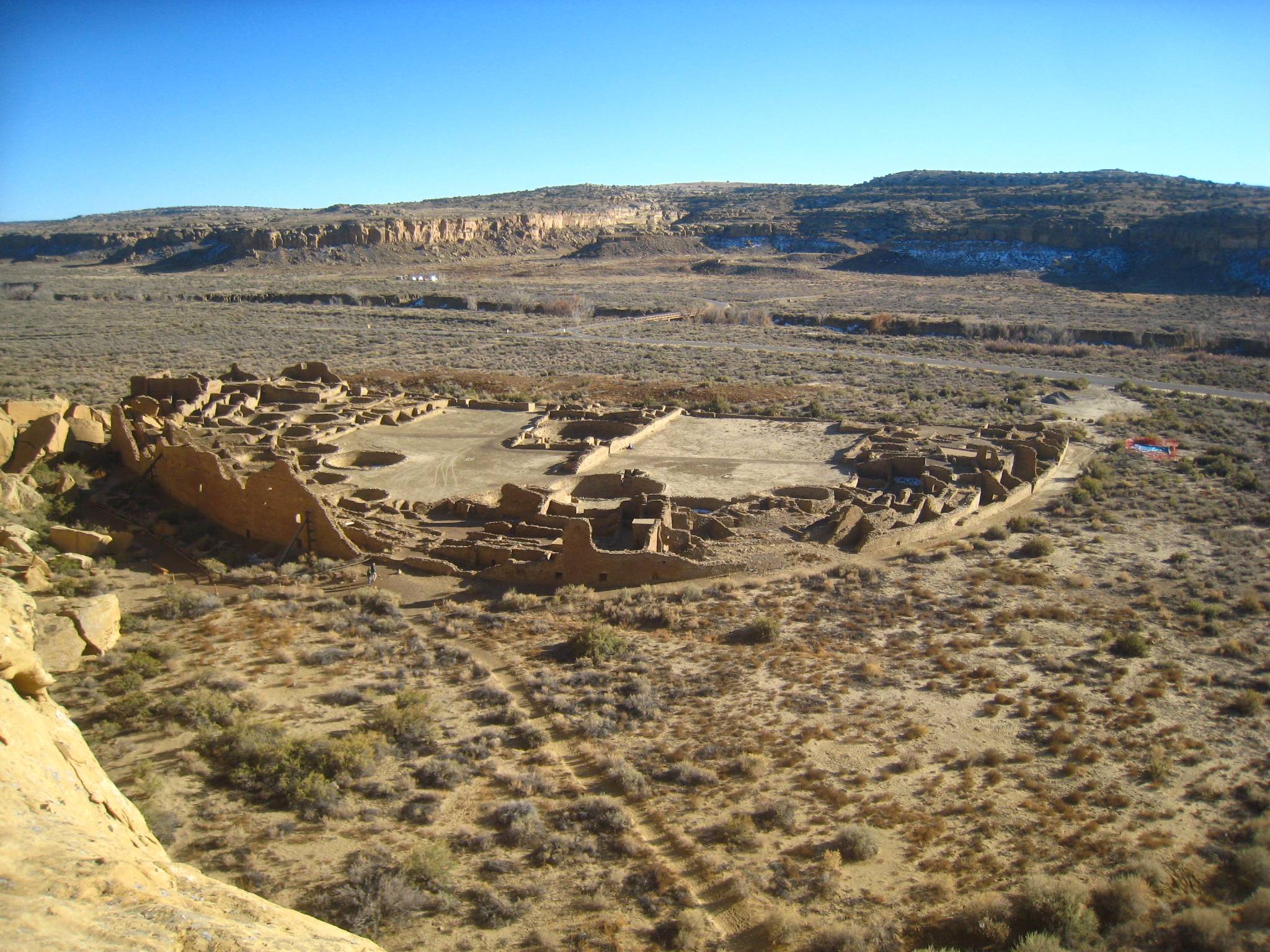
The Puebloans, or Ancestral Puebloans, were an indigenous civilization that lived in the southwestern United States, primarily in the areas that are now the Four Corners: Colorado, New Mexico, Arizona, and Utah. Known for their unique dwellings, the Puebloans built expansive and complex structures. These included cliff dwellings and multi-storied houses made from stone and adobe mud, fitting them into the natural landscape like the breathtaking pueblos found at Mesa Verde. They lived in these homes from as early as 100 CE, with the culture thriving until the 13th century. The creativity in their architecture is a testament to their skills and ability to adapt to a challenging environment.
Ancient Puebloans were successful farmers, growing maize, beans, and squash, even in rather arid conditions. They developed irrigation systems and other agricultural methods to sustain their communities. The society of the Puebloans was marked by a deep sense of spirituality, connected to the landscape they inhabited. Their kivas, ceremonial rooms often built underground, were focal points for community gatherings and religious rituals. The intricate designs of their pottery and pictographs tell stories of a people steeped in rich tradition and culture. While the reasons for the decline of the Ancient Puebloans remain partially speculative, they are the ancestors of today’s Pueblo tribes, such as the Hopi and Zuni, who continue to preserve and celebrate their heritage.
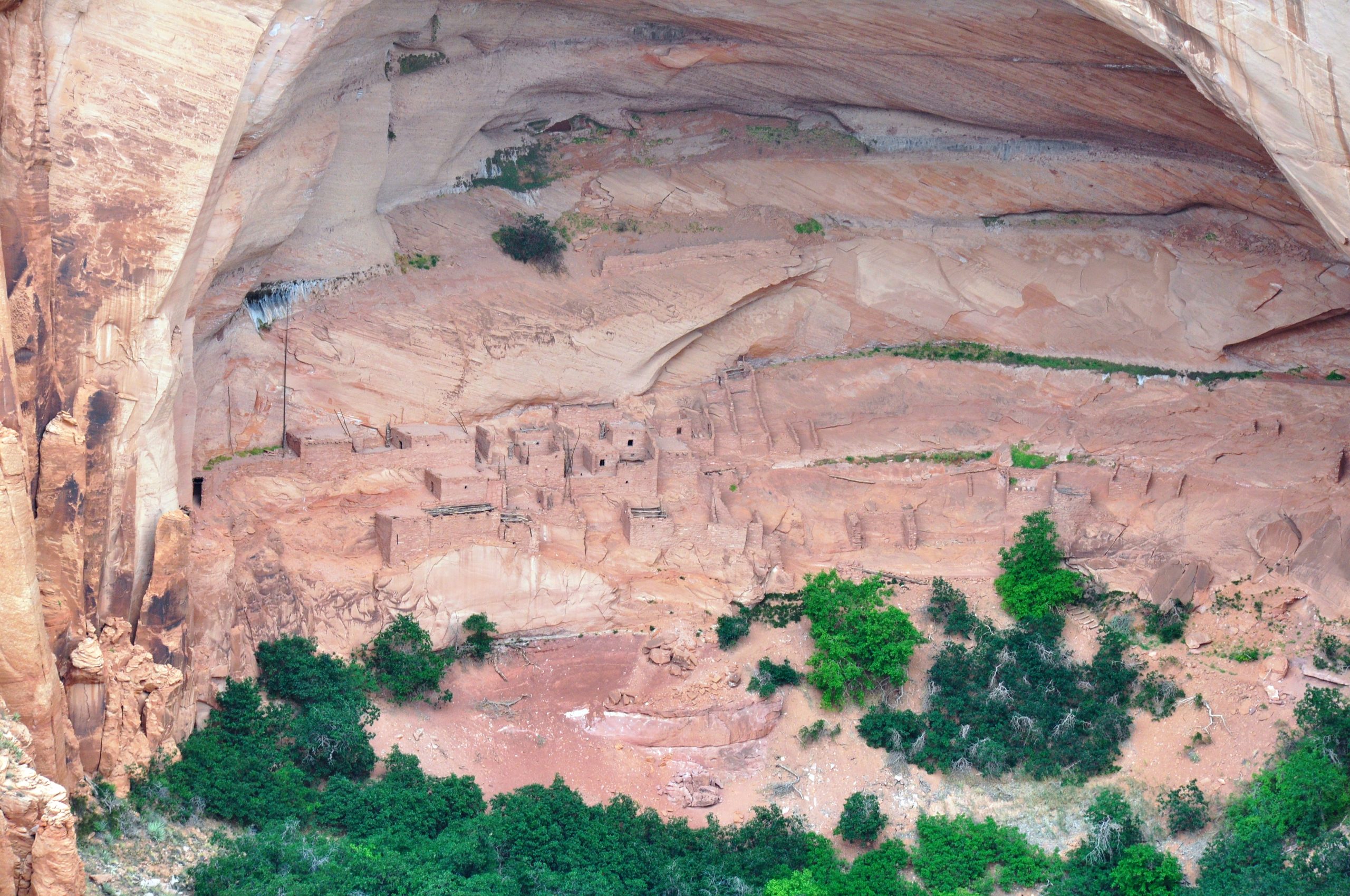
Explore Ancestral Puebloan Archaeological Sites and Ancient Artifacts
The Puebloans: A Comprehensive Overview
The Puebloans, or Pueblo peoples, represent a group of Native Americans in the Southwestern United States, known for their unique agricultural, material, and religious practices. This group includes well-known Pueblos such as Taos, San Ildefonso, Acoma, Zuni, and Hopi. The linguistic diversity among the Pueblo peoples is significant, with languages spanning four different language families. Despite this diversity, there are shared cultural practices across the Pueblos, including the cultivation of maize, a staple in their diet.
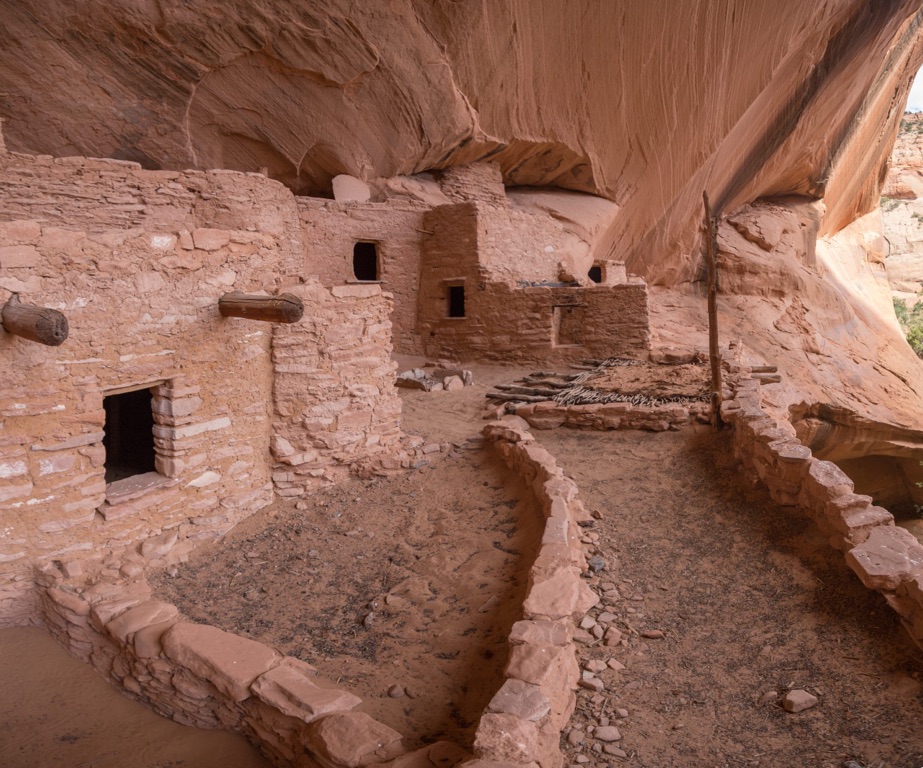
Historical Background
The Puebloans are descendants of the ancestral Puebloans, a term preferred over “Anasazi,” which is a Navajo word meaning “Ancient Ones” or “Ancient Enemy.” The ancestral Puebloans have left a rich archaeological legacy, indicating a sophisticated society that thrived in the American Southwest for millennia before European contact. The term “Pueblo” itself is derived from the Spanish word for “village.” Spanish explorers in the 16th century encountered the Puebloans living in complex, multistory villages constructed from adobe, stone, and other local materials. Today, the largest concentration of Pueblo communities is found in New Mexico, with others located in Arizona and Texas.
Cultural and Linguistic Diversity
Despite overarching similarities, the Pueblo peoples are not a monolithic group. They are divided into smaller groups based on linguistic affiliation and cultural practices. The languages spoken by Pueblo peoples belong to four distinct language families, making intercommunication challenging without a common lingua franca, which has become English in the modern era. The Puebloans’ agricultural practices and kinship systems further divide them. Some Pueblos, like the Zuni and Hopi, specialize in dry farming, while others, located near rivers, practice irrigation farming. These agricultural methods influence the social and religious practices of the Pueblo peoples.
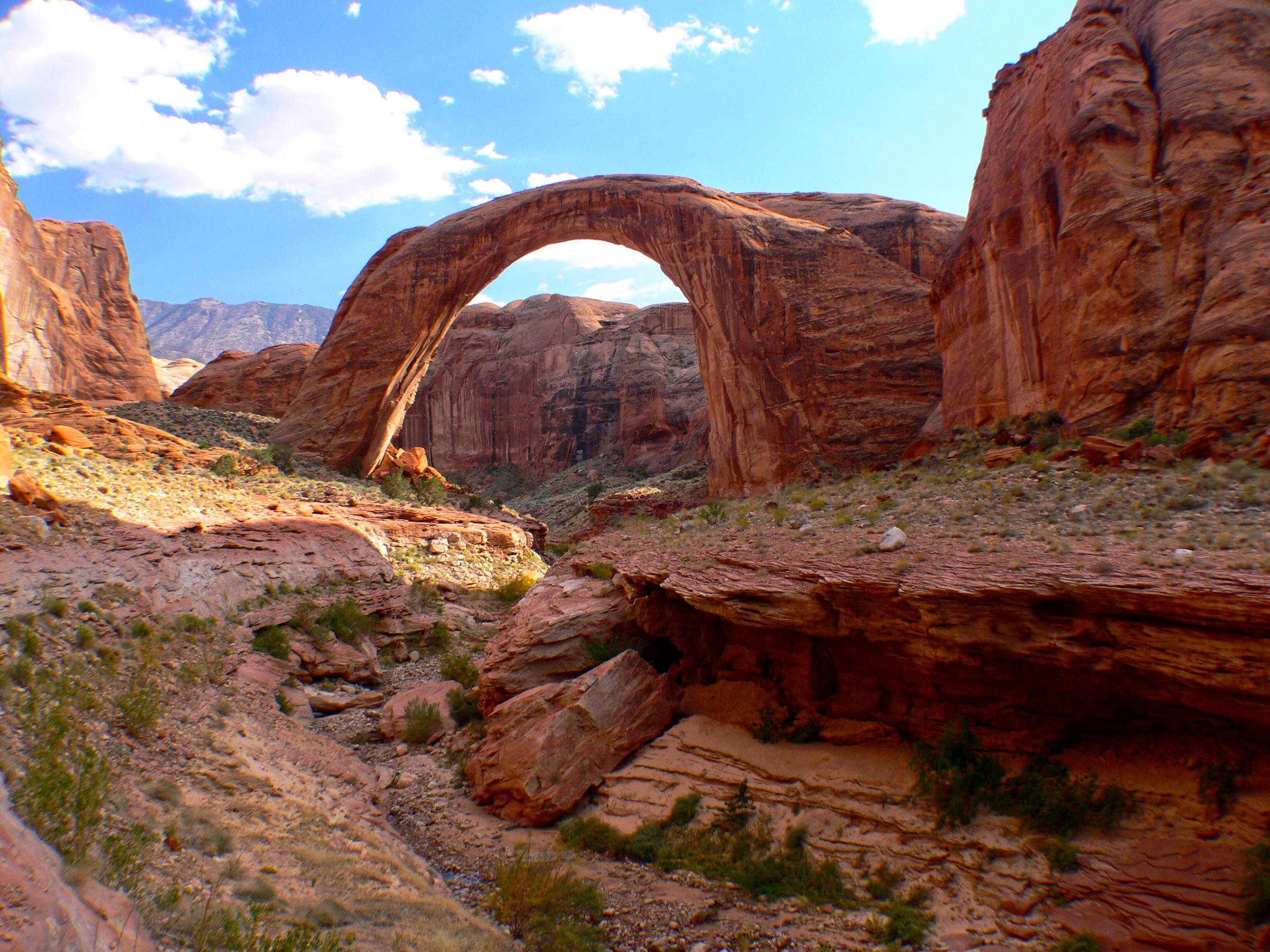
Religious and Social Practices
Pueblo societies are deeply religious, with a strong emphasis on agricultural cycles and community rituals. Their religious practices have been remarkably preserved, even incorporating elements of Christianity into a syncretic Pueblo Christianity. The Puebloans are also known for their tight-knit communities, centered around family clans and a deep respect for tradition.
Historical Developments
The ancestral Puebloans were influenced by three major cultures before European contact: the Mogollon, Hohokam, and Ancestral Pueblo cultures. These cultures contributed to the development of sophisticated agricultural practices, architectural styles, and social structures that characterized the Puebloan societies. By around 700 to 900 AD, the Puebloans began constructing more permanent dwellings, leading to the development of large, complex villages with advanced architectural features. These communities were often strategically located to provide protection against raids.
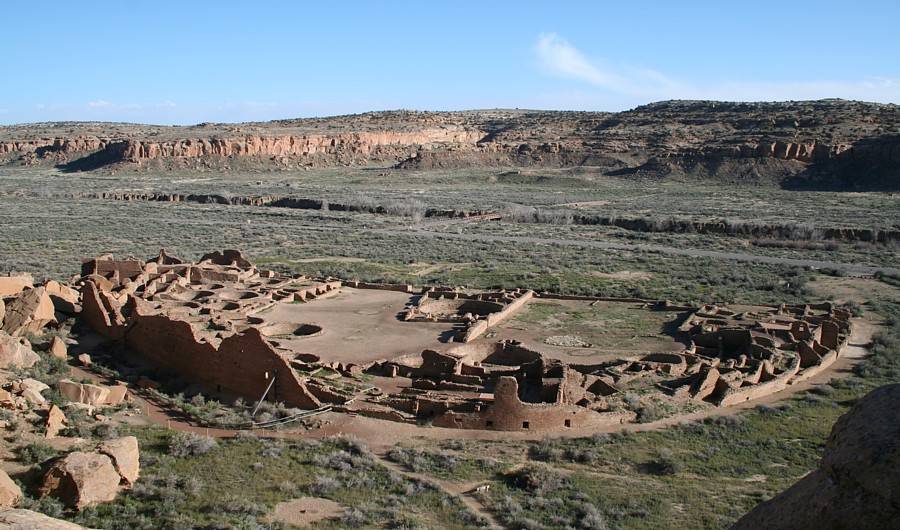
European Contact and Its Aftermath
The arrival of Spanish colonizers in the late 16th century marked a significant turning point for the Pueblo peoples. Initial peaceful interactions gave way to conflict, particularly over religious practices. The Pueblo Revolt of 1680 was a pivotal event, representing the first successful expulsion of European colonizers by a Native American group in North America. This revolt was led by Popé, a Tewa man from Ohkay Owingeh, and resulted in the temporary removal of Spanish influence from the region.
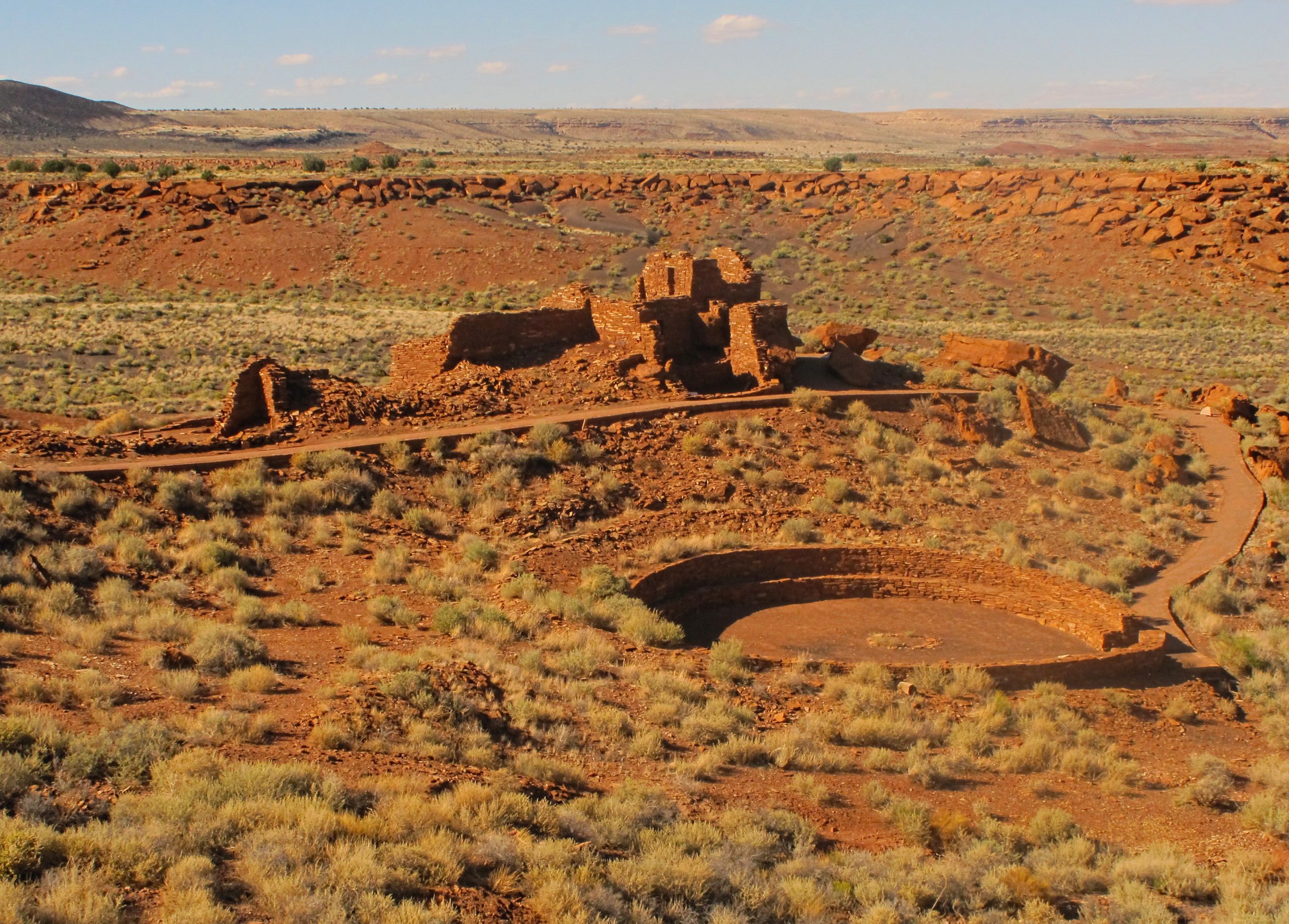
Wupatki National Monument
Wupatki National Monument, located 35 miles north of Flagstaff, Arizona, stands as a significant archaeological and historical site that offers insight into the lives of the Ancient Pueblo People. Established as a national monument in 1924 and listed on the National Register of Historic Places on October 15, 1966, Wupatki encompasses 35,422 acres and includes three contributing buildings and 29 contributing structures.
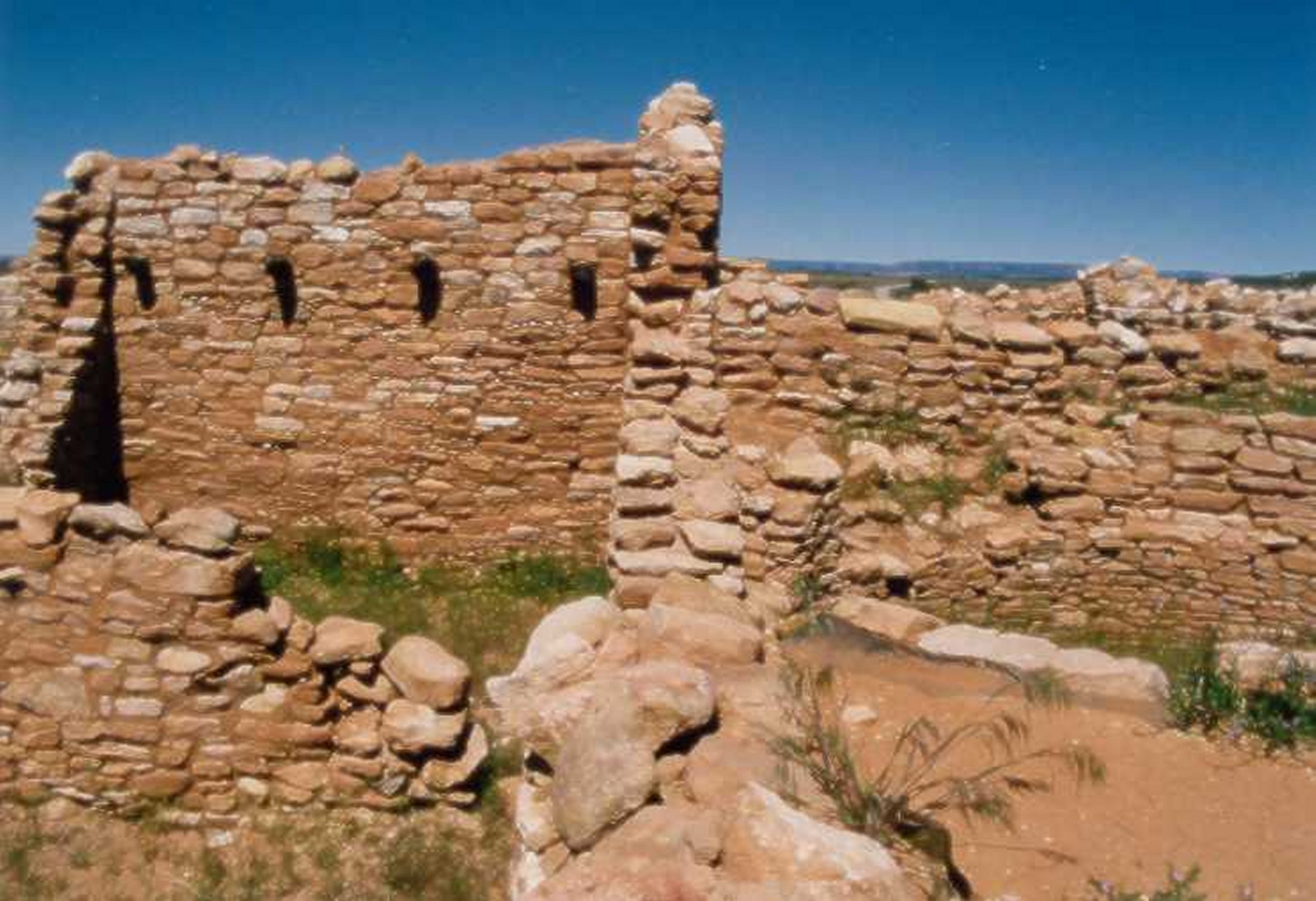
Edge of the Cedars State Park
Edge of the Cedars State Park Museum, situated in Blanding, Utah, USA, stands as a significant archaeological site, museum, and repository that encapsulates the rich history and culture of the Ancestral Puebloan people. The name “Edge of the Cedars” originates from the site’s location on the boundary between a densely forested area and a barren landscape to the south, with “Cedar” referring to the Utah juniper tree, a term commonly used by locals.
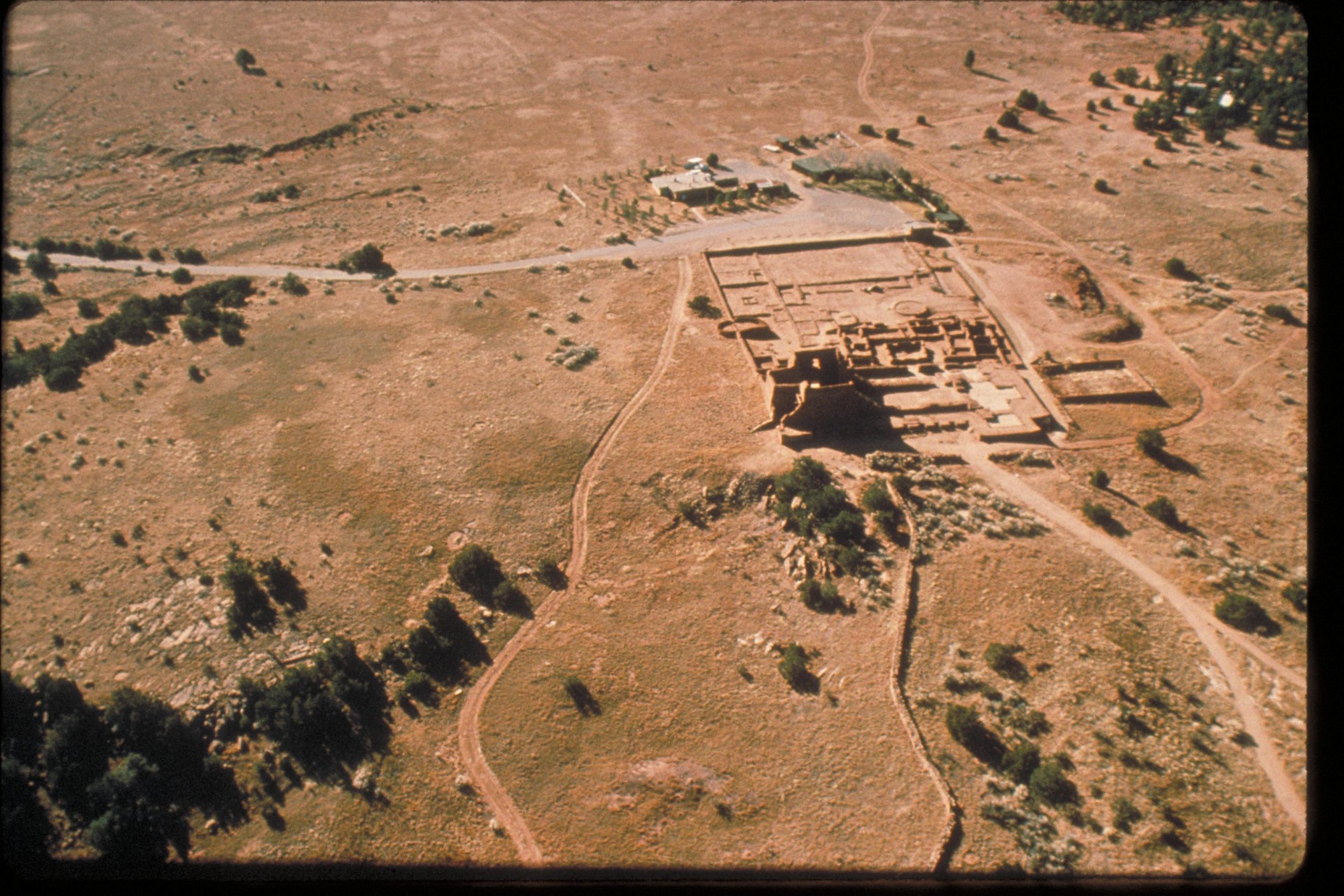
Pecos National Historical Park
Pecos National Historical Park, located in San Miguel County, New Mexico, serves as a testament to the rich tapestry of American history, spanning from prehistoric times through the 19th century. Managed by the National Park Service, this expansive park covers a diverse landscape that includes archaeological ruins, historic ranches, and a significant Civil War battlefield. Among its notable features, Pecos Pueblo, also known as Cicuye Pueblo, stands out as a pivotal Native American community that was eventually abandoned.
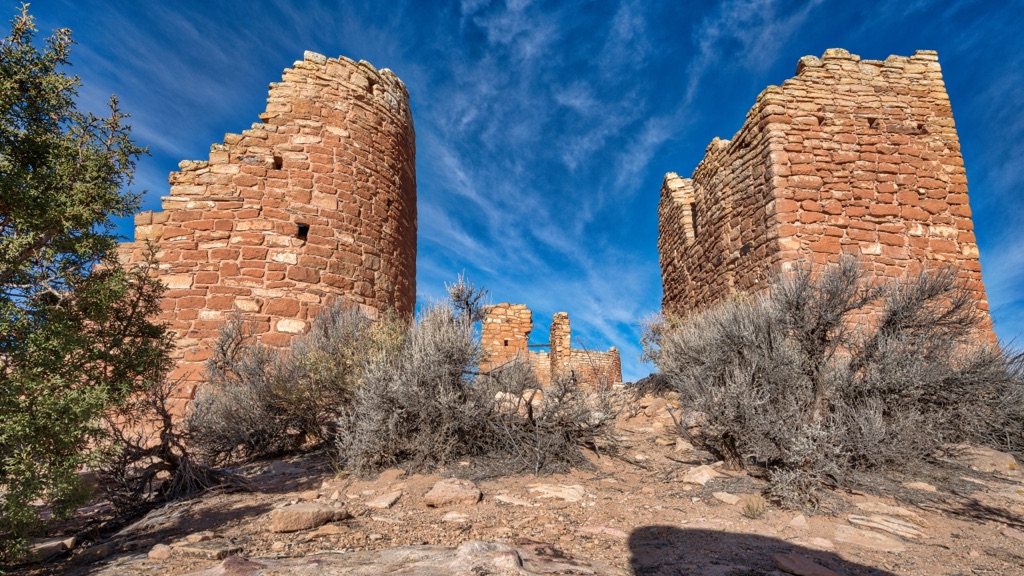
Hovenweep National Monument
Hovenweep National Monument, straddling the border between southwestern Colorado and southeastern Utah, offers a unique glimpse into the lives of the Ancestral Puebloan people. Situated on the Cajon Mesa of the Great Sage Plain, the monument is characterized by its deep canyons and wide expanses, through which shallow tributaries flow into the San Juan River. This area, known for its six groups of Ancestral Puebloan villages and a kiva, also bears evidence of earlier hunter-gatherer occupations dating from 8,000 to 6,000 B.C. up until about AD 200. The monument’s history of human occupation reflects a transition from nomadic lifestyles to settled pueblo communities, which thrived until the 14th century.
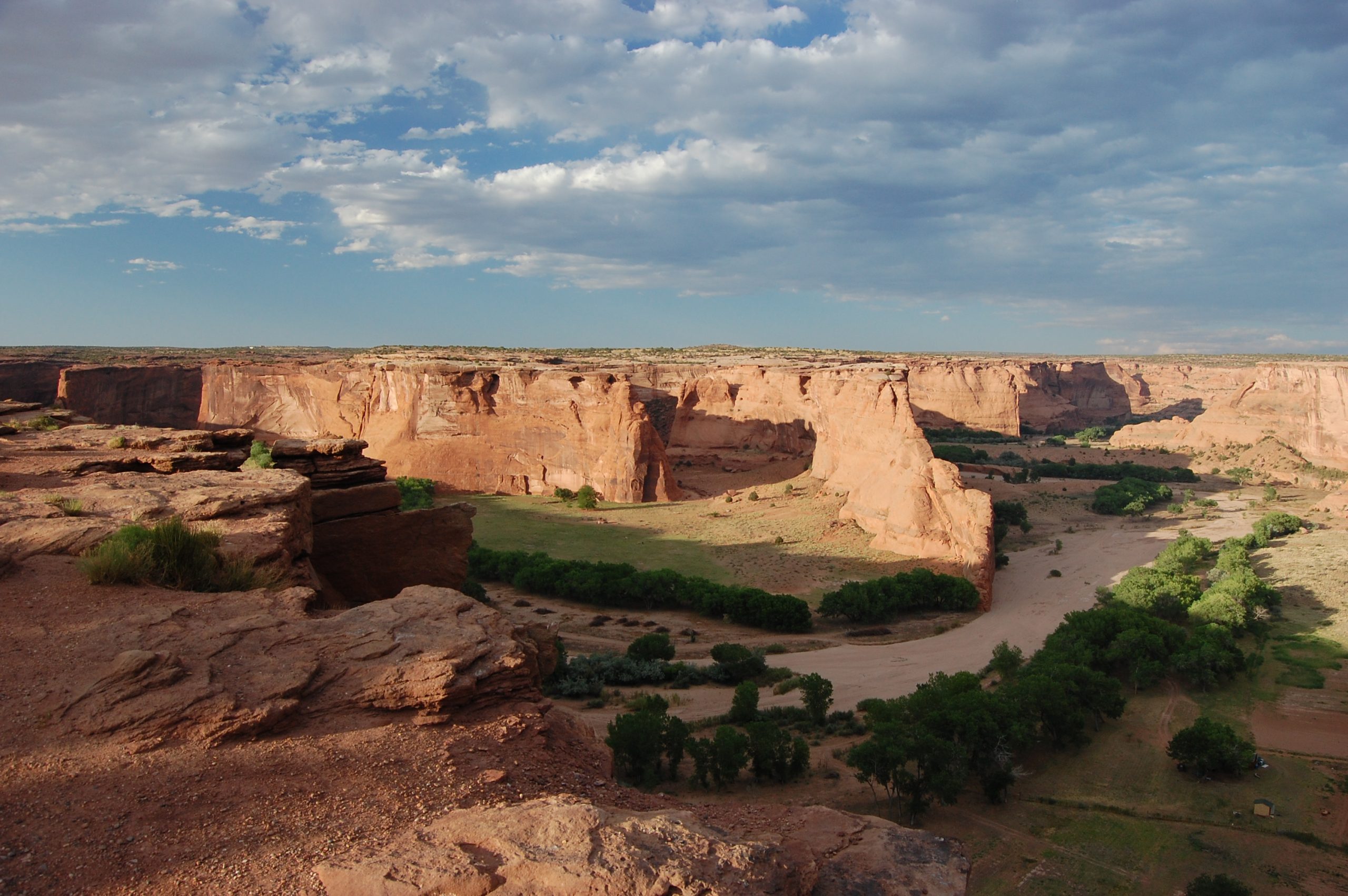
Canyon de Chelly National Monument
Canyon de Chelly National Monument, established on April 1, 1931, is a significant cultural and historical site located in northeastern Arizona, within the Navajo Nation. This monument, covering 83,840 acres, is unique as it is entirely owned by the Navajo Tribal Trust, making it the only National Park Service unit owned and cooperatively managed in this manner. The monument’s landscape has been continuously inhabited for thousands of years, showcasing the rich history of the indigenous tribes that have lived in the area.

